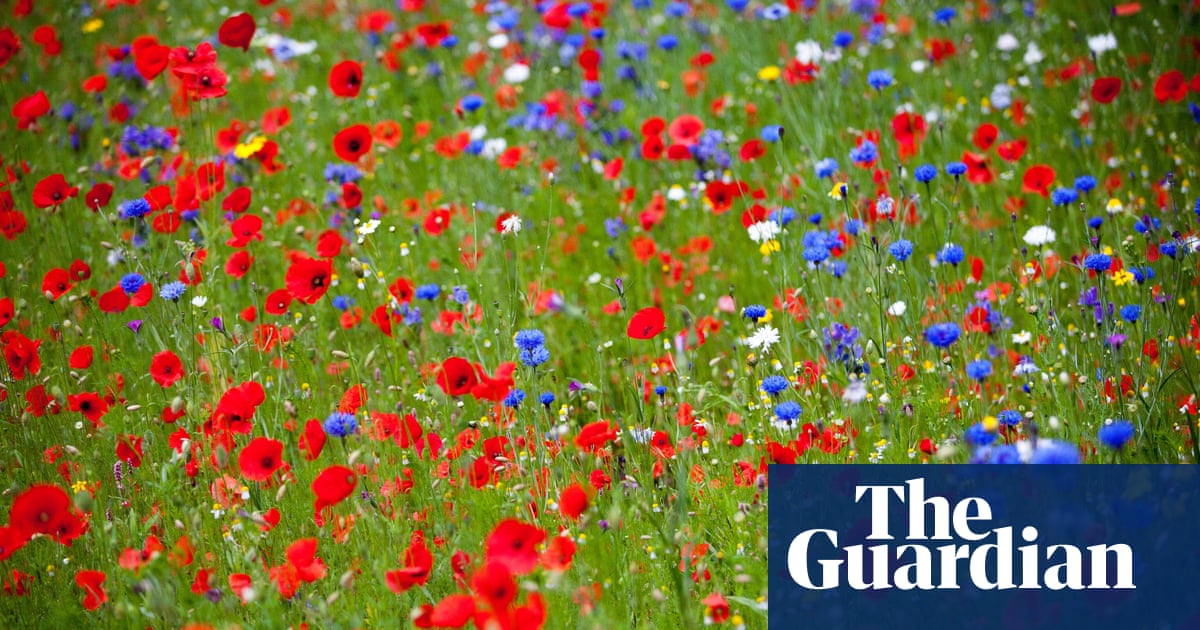
Patrick Barkham asks if nature really can cure us of our mental health problems (Green Prozac, Review, 14 March). He eloquently describes how reconnecting with the natural world can help us at least recuperate and find solace in a way that our urban environments cannot. However, as Richard Mabey says in the article, it is not a panacea and nature itself is going through its own crisis; no amount of walking through silent woodlands and desertified fields will provide the sought-after cure.
For those of us who have loved and immersed themselves in the countryside over many decades and written about it, our closeness to it can only add to our stress and worry. When I return to the lanes, hedgerows and woods I loved as a boy, where I found birds’ nests every 50 yards or so, watched field mice clambering with acrobatic agility up the stems of swaying wheat and heard the mournful piping of curlews and redshank from the marshy fields, today there is only an eerie stillness and scarcely a fluttering wingbeat over the monotone greenery.
When, in 2000, I wrote and illustrated my book Wings Over the Valley: A Birdwatcher’s Wales Diary, about the joys of birdwatching and the countryside, communicating that exhilaration gave me renewed strength and optimism, but those feelings have been shattered in the face of the continued destruction of our countryside.
John Green
London
• It’s good to read that highway authorities and the construction industry are taking the greening of our roadsides seriously (Flower power: the route map to a roadside revolution, 14 March), but we also need to get to grips with the huge increase in paved-over front gardens.
We may need to find a place to park cars, but the case for having a green space around our homes is very persuasive. Not only do plants and trees help keep our homes cool in summer and warm in winter, but every blade of grass also absorbs carbon dioxide and emits oxygen, thus playing a part in stopping climate change. Green spaces in residential areas are an essential stopping-off point for butterflies, birds and bees.
The Royal Horticultural Society reports that almost a third of front gardens are now paved over. The RHS Greening Great Britain campaign gives lots of hints to people who could be encouraged to leave space for flowers, shrubs or trees.
If, like me, you’d like to congratulate those who have a green front garden, visit Healthy Life Essex at https://bit.ly/2WeFH6L, where you will find a downloadable thank-you card to pop through the letterbox.
Eileen Peck
Benfleet, Essex
• Join the debate – email [email protected]
• Read more Guardian letters – click here to visit gu.com/letters
• Do you have a photo you’d like to share with Guardian readers? Click here to upload it and we’ll publish the best submissions in the letters spread of our print edition
Source: Wildlife | The Guardian
